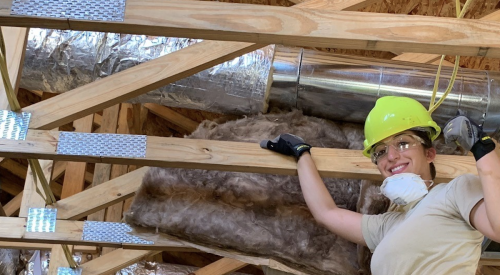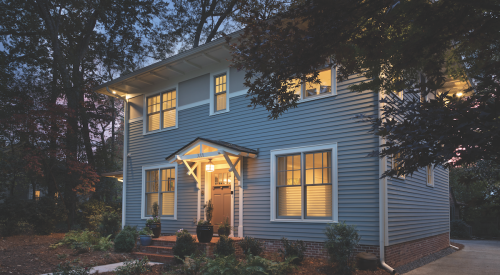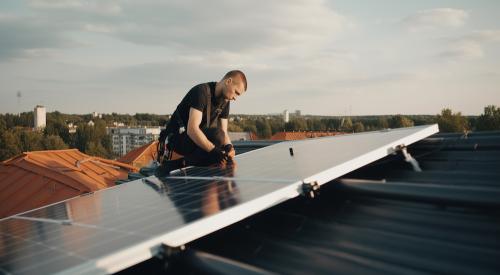With so many definitions of energy efficiency, it is often difficult to pin down what that means. For the most part, a consumer defines energy efficiency in dollars and cents, based on their particular lifestyle. For a builder, we hope it is the same, but as builders we often select items that require a compromise on the part of the consumer to achieve energy savings goals.
Over the holidays last month, I found myself in a home where energy costs were of particular concern. The solution the homeowner had devised was not one of better products, but of limited use of lighting and equipment. The HVAC so rarely, if ever, used and lights were constantly kept off, even when required for activities in the home. In this particular case, the owner could truly boast of lower costs, but at what price to your own personal comfort.
New homes are much the same. Sure, we can build a home to be 30%, 60% or even 100% more efficient than required by code, but at what cost? The big challenge is no one solution works universally for all builders in all markets. Most of the southern states could opt for heat pumps instead of a furnace, reducing energy usage significantly. Northern states, on the other hand, might find greater efficiency in insulation and building envelop technologies that reduce the overall load on the system. The options are many.
Ultimately, consumers do not want to be told that the only way to reach their goals to save money on energy is either really expensive or inconvenient.











